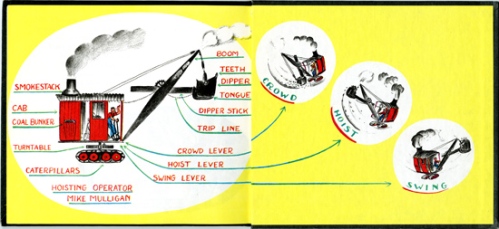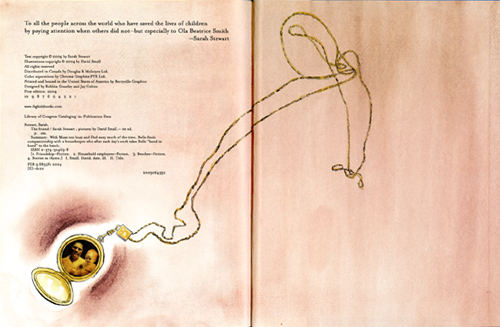Internal Editor: Try writing about the creative process. Maybe about how words and sentences are bent to our use at the same time they shape the story? You could start with a music analogy – something about how the instrument shapes the musician – or vice versa? Get started.
 The walls in Dusty Strings’ music store remind me I am a ukulele. There are rows upon rows of beautiful instruments on those walls, each with a carved sound box and new strings. Each instrument has its own voice according to how it was made and how it is played. Each awaits the talents of a musician to make music.
The walls in Dusty Strings’ music store remind me I am a ukulele. There are rows upon rows of beautiful instruments on those walls, each with a carved sound box and new strings. Each instrument has its own voice according to how it was made and how it is played. Each awaits the talents of a musician to make music.
I.E.: That’s crap. Try a new direction. Maybe something about finding out what you are writing while you are writing it? Would a recipe analogy work? Begin again.
Our Books Around The Table group met around Margaret’s table this week. The discussion was as delicious as the lunch. She made this black bean soup: http://smittenkitchen.com/blog/2010/01/black-bean-soup-toasted-cumin-seed-crema/
When you have a recipe, you know what you’re making. With this list of ingredients, the result will be always be black bean soup, not cherries jubilee or chocolate mousse.
Not so with writing.
Often when I begin to mix story ingredients on the page, I am not so sure where it will lead. A poem, a short story, an early reader?
I.E.: That’s crap. Maybe try something seasonal. A parallel with nature, perhaps? Try again.
 As I sit to write my blog post this month, my eyes are drawn outside to the hazelnut tree where a fat grey squirrel makes his way along the branches. He balances out on the spindley twigs, where the nuts are ripe. Sometimes he stops and chows down. Sometimes he scampers away with a nut in his mouth; I guess to bury it. And I think how I gather story ideas. Sometimes to immediately crunch into a story, more often to squirrel away for a hungrier season.
As I sit to write my blog post this month, my eyes are drawn outside to the hazelnut tree where a fat grey squirrel makes his way along the branches. He balances out on the spindley twigs, where the nuts are ripe. Sometimes he stops and chows down. Sometimes he scampers away with a nut in his mouth; I guess to bury it. And I think how I gather story ideas. Sometimes to immediately crunch into a story, more often to squirrel away for a hungrier season.
I.E.: Stop looking out the window and get focused. You are supposed to post this today. You need an idea that will go someplace. This is crap. Crap. Crap. Oh. That reminds me of what Kate says. Maybe start with that?

 My sister Kate McGee is part of an open studio tour in the Willamette Valley near Corvallis at the end of this month, www.PhilomathOpenStudios.com. She’s been getting ready, sifting through her work for the most successful paintings. She always says you have to be willing to try lots of paintings that don’t work to get to the ones that do. Our mother would object to my use of this word, ‘crap,’ (sorry, Mom), but what Kate’s saying is: you have to make lots of crap to get to the good stuff.
My sister Kate McGee is part of an open studio tour in the Willamette Valley near Corvallis at the end of this month, www.PhilomathOpenStudios.com. She’s been getting ready, sifting through her work for the most successful paintings. She always says you have to be willing to try lots of paintings that don’t work to get to the ones that do. Our mother would object to my use of this word, ‘crap,’ (sorry, Mom), but what Kate’s saying is: you have to make lots of crap to get to the good stuff.
Unfortunately, that’s the way it is with writing, too. Seems like I have to write lots of unsuccessful pieces to get to a story that has the juice.
I.E.: Who doesn’t know that? You need a new idea. And hurry up about it. Izzi’s waiting for her walk.

I.E. Maybe you could check email. Oh, here’s something that is definitely not crap. Begin again.
My Uncle Bo, who celebrated his 90th birthday this week, is an avid disseminator of internet stuff. He sent along this flashmob performance of the chorale from Beethoven’s Ninth and last symphony, written after Beethoven had become completely deaf. http://www.youtube.com/watch_popup?v=GBaHPND2QJg&feature=youtu.be
 Like a good novel, this performance of the familiar anthem builds in a satisfying way: the orchestra assembles player by player, then the choir fills in behind. It is filmed so we can see the crowd’s pleasure as well as the musicians’. There’s that quality of shared warmth and welcome that gives it soul.
Like a good novel, this performance of the familiar anthem builds in a satisfying way: the orchestra assembles player by player, then the choir fills in behind. It is filmed so we can see the crowd’s pleasure as well as the musicians’. There’s that quality of shared warmth and welcome that gives it soul.
I remember singing this chorale with the Occidental College Glee Club, first in German, then in English. I think in this YouTube performance it is sung in Spanish. It is traditionally sung on New Year’s Day in Japan. Wikipedia says it’s considered by some to be the best song ever written. Over eleven million people have viewed this performance on YouTube – that’s technology at it’s best, bringing people together through music.
Was it at the last Olympics opening ceremonies that this was sung around the world simultaneously? Another coup for techonology. In any case, this performance is very moving. Which is what we want from the creative process, right?
I.E.: “Let us sing a song of joy for love and understanding…”
Yes. That has some juice.














































